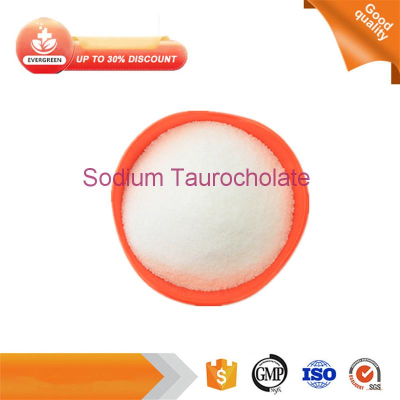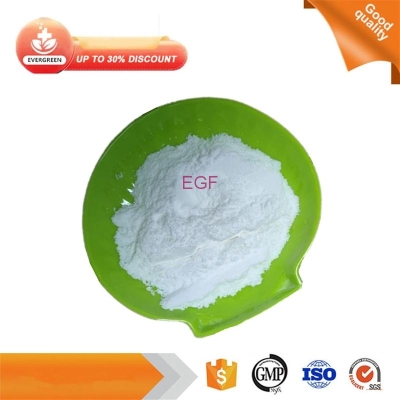-
Categories
-
Pharmaceutical Intermediates
-
Active Pharmaceutical Ingredients
-
Food Additives
- Industrial Coatings
- Agrochemicals
- Dyes and Pigments
- Surfactant
- Flavors and Fragrances
- Chemical Reagents
- Catalyst and Auxiliary
- Natural Products
- Inorganic Chemistry
-
Organic Chemistry
-
Biochemical Engineering
- Analytical Chemistry
- Cosmetic Ingredient
-
Pharmaceutical Intermediates
Promotion
ECHEMI Mall
Wholesale
Weekly Price
Exhibition
News
-
Trade Service
Only for medical professionals to read the basic knowledge of CT and magnetic resonance, brain anatomy and image comparison, reading sequence and methods.
.
.
for the central nervous system disease "various types of lesions, complex tissue sources" problem , The imaging methods continue to advance and enrich with the advancement of science and technology, and there are currently a wealth of imaging inspection methods available
.
Therefore, understanding how to standardize the use of multiple scanning sequences and planes, how to choose a reasonable scanning method according to the characteristics of the lesion, and formulate the scanning parameters can help clinicians better display the image characteristics of the lesion
.
What should be included in a complete imaging examination application form? 1.
Identify the purpose of inspection, examination parts: the main symptoms, time of occurrence, such as a possible lesion
.
2.
Past history of the nervous system: surgery and treatment, time, location, and other pathological diagnosis
.
3.
Other Past history: other parts of the primary tumor, familial lesions
.
4.
The patient specific symptoms and signs: such as skin conditions, like the development of the situation
.
What are the common imaging methods? 1.
X-ray plain films are often used to screen for foreign bodies in the craniofacial region, craniofacial bone fractures, acute paranasal sinusitis screening, craniofacial pathology and physiological calcification, qualitative bone lesions, skull base deformities, spondylitis, and vertebral body lesions And so on, angiography is helpful for us to show the image structure of brain tissue
.
2.
CT high-resolution digital tomography
.
The anatomical structure of the brain: soft tissue window and bone window display
.
The density resolution is high and must be tissue specific
.
Enhanced, dynamic, CTA
.
3.
The gold standard of DSA cerebrovascular examination, that is, angiography images are digitally processed to delete unnecessary tissue images and only retain vascular images.
This technology is called digital subtraction technology
.
It is characterized by clear images and high resolution.
It provides real three-dimensional images for observing vascular lesions, vascular stenosis, positioning measurement, diagnosis and interventional therapy, and provides necessary conditions for various interventional therapy
.
4.
MRI radio frequency pulses excite tissue signals
.
Control tissue contrast
.
High resolution of soft tissue
.
No bone artifacts and radiation
.
5.
PET, SPECT can be performed simultaneously with morphology function tests can be used to label different metabolites, tumor qualitative positioning, epilepsy, Parkinson's, Alzheimer's and other
.
The difference between CT and MR examination 1.
The imaging methods of CT and MR MR generates signal imaging by exciting water molecules in the body
.
CT uses x-rays, through the attenuation imaging of x-rays passing through the human body
.
2.
The image characteristics of CT and MR MR images have good soft tissue contrast, arbitrary plane imaging, no bone artifacts, and multi-parameter imaging
.
CT images showed good bone structure calcification, with bone artifacts, peripheral scans, and multi-planar reconstruction
.
3.
Side effects MR: No side effects
.
CT: Radiation damage
.
4.
Enhanced scan CT using iodine contrast agent (divided into ionic and non-ionic)
.
MRI uses gadolinium contrast agent (the incidence and severity of side effects are low)
.
5.
Conventional intravenous CT: 1~2ml/kg
.
MR: 0.
1mmol/kg
.
6.
Dynamic enhanced scanning injection rate: 3~5ml/s
.
CTA, MRA, perfusion scan
.
Summary 1.
Familiar with normal anatomy and pathological signs
.
2.
Combination of clinical images
.
3.
The main method of checking neurological diseases
.
4.
New imaging methods continue to appear
.
5.
Combined with computer technology, check for small signal changes
.
6.
Qualitative, quantitative and functional inspection
.
7.
Pay attention to radiation dose
.
How can I get the full course? Scan the QR code of the poster below to unlock for free
.
.
for the central nervous system disease "various types of lesions, complex tissue sources" problem , The imaging methods continue to advance and enrich with the advancement of science and technology, and there are currently a wealth of imaging inspection methods available
.
Therefore, understanding how to standardize the use of multiple scanning sequences and planes, how to choose a reasonable scanning method according to the characteristics of the lesion, and formulate the scanning parameters can help clinicians better display the image characteristics of the lesion
.
What should be included in a complete imaging examination application form? 1.
Identify the purpose of inspection, examination parts: the main symptoms, time of occurrence, such as a possible lesion
.
2.
Past history of the nervous system: surgery and treatment, time, location, and other pathological diagnosis
.
3.
Other Past history: other parts of the primary tumor, familial lesions
.
4.
The patient specific symptoms and signs: such as skin conditions, like the development of the situation
.
What are the common imaging methods? 1.
X-ray plain films are often used to screen for foreign bodies in the craniofacial region, craniofacial bone fractures, acute paranasal sinusitis screening, craniofacial pathology and physiological calcification, qualitative bone lesions, skull base deformities, spondylitis, and vertebral body lesions And so on, angiography is helpful for us to show the image structure of brain tissue
.
2.
CT high-resolution digital tomography
.
The anatomical structure of the brain: soft tissue window and bone window display
.
The density resolution is high and must be tissue specific
.
Enhanced, dynamic, CTA
.
3.
The gold standard of DSA cerebrovascular examination, that is, angiography images are digitally processed to delete unnecessary tissue images and only retain vascular images.
This technology is called digital subtraction technology
.
It is characterized by clear images and high resolution.
It provides real three-dimensional images for observing vascular lesions, vascular stenosis, positioning measurement, diagnosis and interventional therapy, and provides necessary conditions for various interventional therapy
.
4.
MRI radio frequency pulses excite tissue signals
.
Control tissue contrast
.
High resolution of soft tissue
.
No bone artifacts and radiation
.
5.
PET, SPECT can be performed simultaneously with morphology function tests can be used to label different metabolites, tumor qualitative positioning, epilepsy, Parkinson's, Alzheimer's and other
.
The difference between CT and MR examination 1.
The imaging methods of CT and MR MR generates signal imaging by exciting water molecules in the body
.
CT uses x-rays, through the attenuation imaging of x-rays passing through the human body
.
2.
The image characteristics of CT and MR MR images have good soft tissue contrast, arbitrary plane imaging, no bone artifacts, and multi-parameter imaging
.
CT images showed good bone structure calcification, with bone artifacts, peripheral scans, and multi-planar reconstruction
.
3.
Side effects MR: No side effects
.
CT: Radiation damage
.
4.
Enhanced scan CT using iodine contrast agent (divided into ionic and non-ionic)
.
MRI uses gadolinium contrast agent (the incidence and severity of side effects are low)
.
5.
Conventional intravenous CT: 1~2ml/kg
.
MR: 0.
1mmol/kg
.
6.
Dynamic enhanced scanning injection rate: 3~5ml/s
.
CTA, MRA, perfusion scan
.
Summary 1.
Familiar with normal anatomy and pathological signs
.
2.
Combination of clinical images
.
3.
The main method of checking neurological diseases
.
4.
New imaging methods continue to appear
.
5.
Combined with computer technology, check for small signal changes
.
6.
Qualitative, quantitative and functional inspection
.
7.
Pay attention to radiation dose
.
How can I get the full course? Scan the QR code of the poster below to unlock for free







